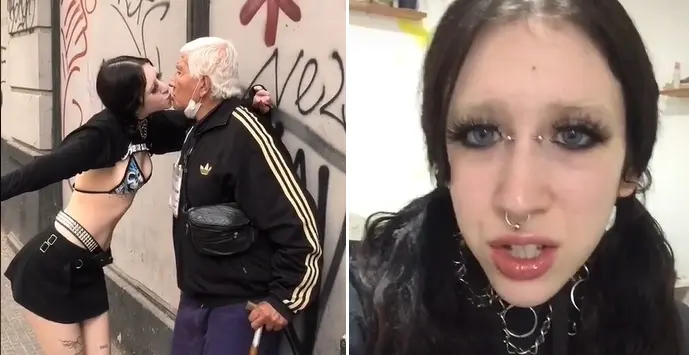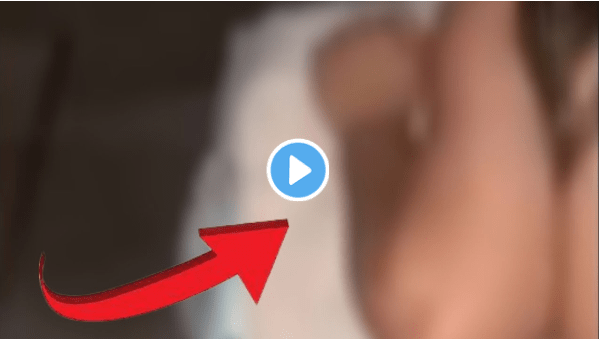Payton Gendron shooter CCTV Video Viral full Leaked Footage

Payton Gendron shooter CCTV Video Viral full Leaked Footage
“Payton Gendron shooter CCTV Video Viral Leaked Footage” full viral and photos comes through as a leaked video on tiktok, twitter, reddit and all other social media platform as most social media users want to see and watch full update of the update of the video leak.
In March 2019, before a gunman killed 51 people at two mosques in Christchurch, New Zealand, he took to Facebook to spread his message. In October of the same year, a man in Germany announced his own mine on Twitch, the Amazon-owned streaming site for popular gamers.
On Saturday, a gunman in Buffalo, N.Y., attached a camera to his helmet and broadcast on Twitch as he killed 10 people and wounded three others at a grocery store in what authorities said was racist attacks. In a letter posted online, Payton S. Gendron, the 18-year-old who authorities say was the shooter, wrote that he was inspired by the Christchurch shooter and others.
Twitch said it moved quickly to remove the video of the Buffalo shooting, removing the stream within two minutes of the violence starting. But two minutes is enough to share the video elsewhere
By Sunday, the link to the video recording had spread widely on other social platforms. The original clip – which has a watermark indicating it was recorded using free screen recording software – was posted on a site called Streamable and was viewed more than three million times before it was deleted. A link to the video was shared hundreds of times on Facebook and Twitter within hours of the shooting.
Mass shootings and live streams raise questions about the role and function of social media sites and the spread of violence and hatred. Many of the perpetrators involved in the shooting wrote that they had developed racist and anti-Semitic beliefs by browsing online sites such as Reddit and 4chan, and that they were fueled by watching other gunmen broadcast their attacks.
“It’s a sad reality of the world that these kinds of attacks continue to happen, and the way it works now is that there is also a social media component,” said Evelyn Douek, a researcher is high and Knight said. The first is from Columbia University. A content editing company that specializes in content editing. “It’s completely inevitable and predictable these days. It’s just when.
The question of social media responsibility is part of a larger debate about which platforms should regulate their content. This discussion has increased since Elon Musk, CEO of Tesla, recently agreed to buy Twitter and said that he wants to make unlimited speech on the site the first goal. Media and content marketing experts say that Twitch’s quick response is the best that can be expected. But the fact that the response did not stop the video of the attack from spreading widely on other sites also raises the question of whether the right to life should be so urgent. “I’m glad they figured it out in two minutes,” said Micah Schaffer, a consultant who led the trust and security decisions at Snapchat and YouTube. “And if the feeling is that even that much, then you are really in a chain: is it worth having it?”
In a statement, Angela Hession, vice president of trust and security at Twitch, said that the site’s application was “a strong response time given the challenge of organizing live content, and shows good progress.” Ms. Hession said the site is working with the Global Internet Counterterrorism Forum, a nonprofit coalition of social media sites, and other social media platforms to stop the video from spreading. “Ultimately, we are all part of the same Internet, and we now know that this content or behavior will rarely, if ever, be on the same platform,” he said.
In a document that appears to have been posted on the 4chan forum and Discord message platform before the war, Mr. Gendron explained why he chose to stream on Twitch, writing that “it fits the free broadcast and everyone has internet access”. can be viewed and recorded. (Discord says it is working with law enforcement to investigate.)
Twitch allows anyone with an account to go live, unlike sites like YouTube, which require users to verify their account to do so and have at least 50 subscribers to stream from a device. Mobile. Mr. Gendron wrote: “I feel that airing this attack is exciting in a way that I know some people will cheer me on.
He also said he was inspired by 4chan, right-wing sites like the Daily Stormer and the writings of Brenton Tarrant, the Christchurch gunman. In a speech on Saturday, Governor Kathy Hochul of New York criticized the social media for their role in influencing the racial beliefs of Mr. Gendron and broadcast the video of his attack. “It spreads like a virus,” said Ms. Hochul said, requiring social media operators to review their policies to ensure that “everything is done to make sure this information is not spread.”
There may not be an easy answer. Platforms like Facebook, Twitch and Twitter have grown in recent years, experts say, removing violence from instant videos. Following the shooting in New Zealand, public platforms in countries around the world joined a group called Christchurch Call to Action and agreed to work together to prevent terrorism and violent extremism content. One tool that social media sites have used is the collection of data hashes, or digital fingerprints of images, which can identify inappropriate content and quickly remove it. But in this case, Ms. Douek said, Facebook seems to have failed despite the hash process. The Facebook post linked to the video posted on Streamable generated more than 43,000 interactions, according to CrowdTangle, a web research tool, and some posts lasted more than nine hours. When users try to report content that violates Facebook’s policy, which does not allow content to “promote violence,” they are told in some cases that the link does not violate Facebook’s rules, such as the screenshot of New York Times saw. .
Facebook has begun removing posts linked to the video, and a Facebook spokesperson said the posts violated the platform’s rules. Asked why some users were told that the posts linking to the video did not violate the code, the spokesperson did not get an answer.
Twitter has removed a number of posts linked to the filming video, and in many cases, the video has been uploaded directly to the platform. A company spokesman said the site could remove some of the footage or add a sensitive content warning, and later said Twitter would remove all videos related to the attack when asked by the Times.
A spokesperson for Hopin, Streamable’s video conferencing service, said the platform is working to remove the video and remove the accounts that uploaded it. Removing violent content is “like trying to stick your finger in water,” said Ms. Douek, the researcher. “It’s going to be a difficult point to find something, especially at the rate at which things are spreading right now.”






